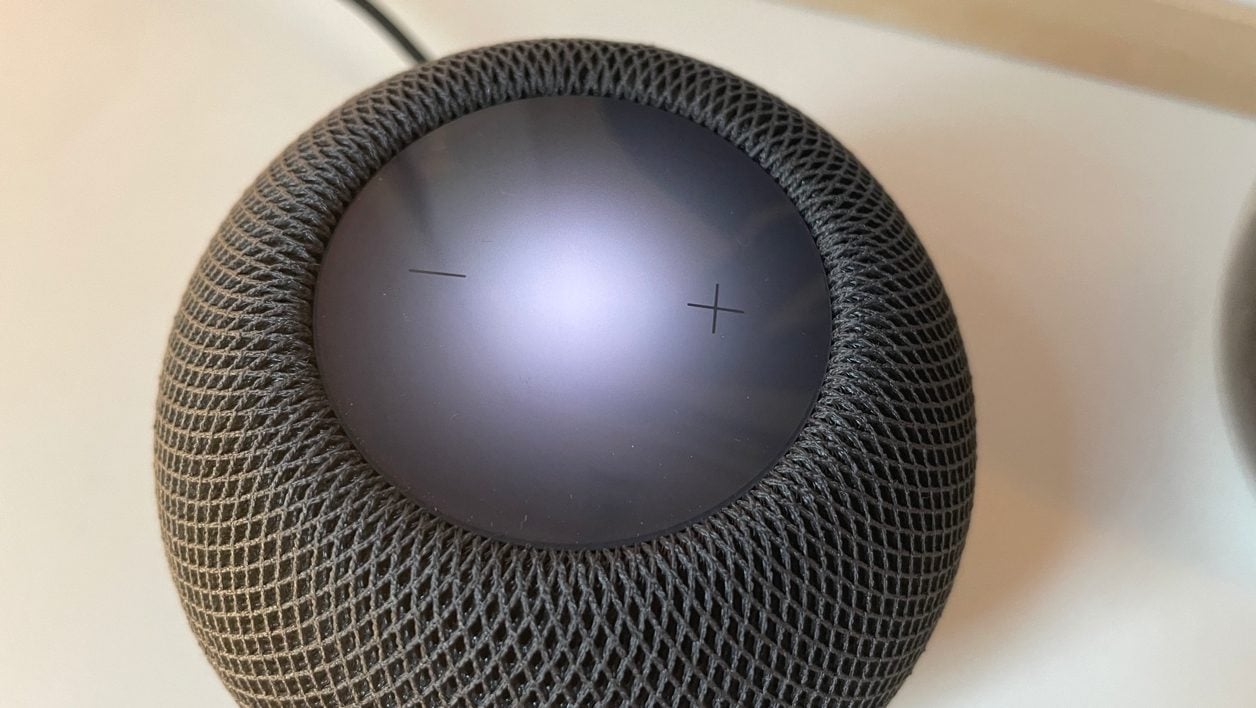Apple puts Thread everywhere! The manufacturer added a Thread antenna in the iPhone 15 Pro and Pro Max, but these were not the only devices from the manufacturer to include this component designed for home automation communications. In fact, all Apple products released since last September have it. But to do what?
In the connectivity arsenal of iPhone 15 Pro, we of course find 5G, Wi-Fi 6E or even Bluetooth 5.3. But Apple also added support for thread, a network protocol (IEEE 802.15.4) designed to improve connectivity with home automation devices. Secure, reliable and energy efficient, Thread is the protocol of choice for thingThe norm Automation common that the industrial giants are trying to impose (Matter can also connect Wi-Fi and Bluetooth networks).
Thread everywhere, but why?
The iPhone 15 Pros launched last year are the first of their kind to be compatible with Thread, which ” paves the way for future integration possibilities for the Home program “, according to Apple. The manufacturer remains very vague about the possibilities offered by network protocol support with these models, but at least it announced the color: these smartphones officially integrate a Thread antenna.
According to discovery of The Edge which dived headfirst into the FCC database, all Apple devices released since September 2013 have Thread, not just the iPhone 15 Pro: iMac M3, MacBook Pro M3, MacBook Air M3, iPad Air M2 and iPad Pro M4 are affected. The US communications regulator tests all radio antennas contained in electronic devices to ensure compliance with legislation on the subject.
The Thread radio antennas of these Macs and iPads are definitely present in these machines, but inactive (and this is probably also the case for the iPhone 15 Pro). The biggest mystery therefore hovers around this function. As an important member of the Matter group, Apple already actively uses Thread in several devices: Apple TV, HomePod mini and HomePod 2.
These products can be used as edge routers, that is, they serve as a bridge between the Matter local network, consisting of home automation devices, and other networks such as the Internet, Wi-Fi or Thread. Perhaps Apple is also considering allowing Macs and iPads to become such routers? At one point in Apple’s checkered home automation history, the iPad served a more or less similar function for HomeKit, but it was later removed.
Will we have news during WWDC next week? The Worldwide Developers Conference is usually an opportunity for Apple to reveal new features for home automation.

